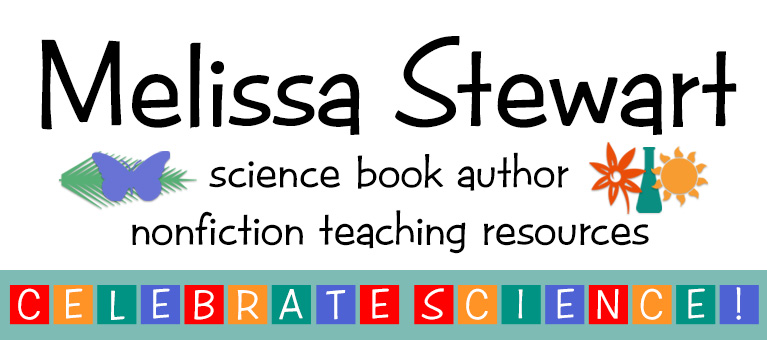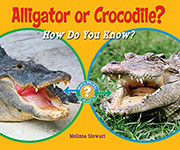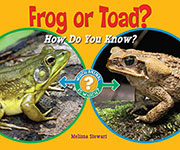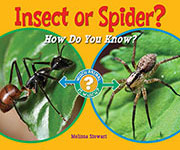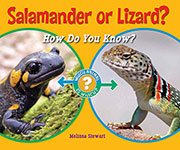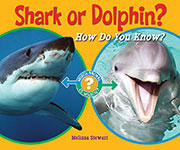Butterfly or Moth?
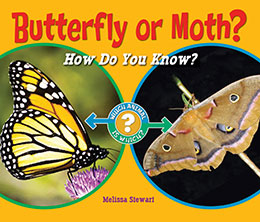
by Melissa Stewart
Enslow, 2011
for Grades 1–3
ISBN 978–076603-678–9 (HC)
ISBN 978–159845-235–8 (PB)
Purchase this book at your local independent bookseller or Amazon.com.
How Do You Know?
How can you tell a butterfly from a moth? It’s isn’t easy. But if you take a close look you can see how they are different. This fun, informative book provides all the tips and hints young readers will need to discover the differences between the two amazing insects.
Reviews
“This clearly written volume lays out the differences between butterflies and moths in double-page spreads that allow readers to compare the characteristics of the two animals. … The precisely worded, informative text is brief but does not simplify the facts. … highly magnified, colored photos … Well designed … a useful addition to classroom units and a rewarding science book to share with young children.” (Booklist)
“… these dual profiles of common creatures should give budding naturalists an increased understanding of how scientists use appearance and behavior to classify similar living things…” Spreads feature sharply detailed paired photographs of identified specimens seen from the same angle … and every book closes with a salient and potentially surprising new fact about each type of animal. Consider these books to lay groundwork for nature expeditions and for later studies of taxonomy.” (School Library Journal)
“This clever compare-and-contrast approach makes differences between often-confused creatures easy to understand and remember.” (The Horn Book Guide)
“What makes this series so outstanding is the excellent close-up photography. Readers can easily see the differences between the animals without being bogged down by overwhelming text. These high quality books would be a welcome addition to an elementary animal science collection. They will be appreciated by animal lovers browsing the collection and classroom teachers presenting a beginning lesson on animal biology. A creative language arts teacher might even employ these volumes in a unit on opposites/antonyms and synonyms, drawing parallels from the animal world.” (Library Media Connection)
“… a handy tool for elementary school teachers in a literacy class or in a science class … a very good choice for the elementary school library. The pictures are clear, the text is easy-to-read and the organization is impeccable. Teachers will find lots of uses for this series!” (TriState Book Review Committee)
Behind the Book
“During school visit programs based on my book A Place for Butterflies, students often asked me about the differences between moths and butterflies. It didn’t take long to realize I needed to write a simple book that explained how kids can tell these two closely-related insects apart. Soon the idea developed into a whole series.
“Whenever I write books about animals, I try to observe them firsthand in their natural environments. Because butterflies are most active on sunny days and moths are usually active after the sun goes down, it’s no exaggeration to say that I worked on these books night and day.”

by Melissa Stewart
Enslow, 2011
for Grades 1–3
ISBN 978–076603-678–9 (HC)
ISBN 978–159845-235–8 (PB)
Purchase this book at your local independent bookseller or Amazon.com.

